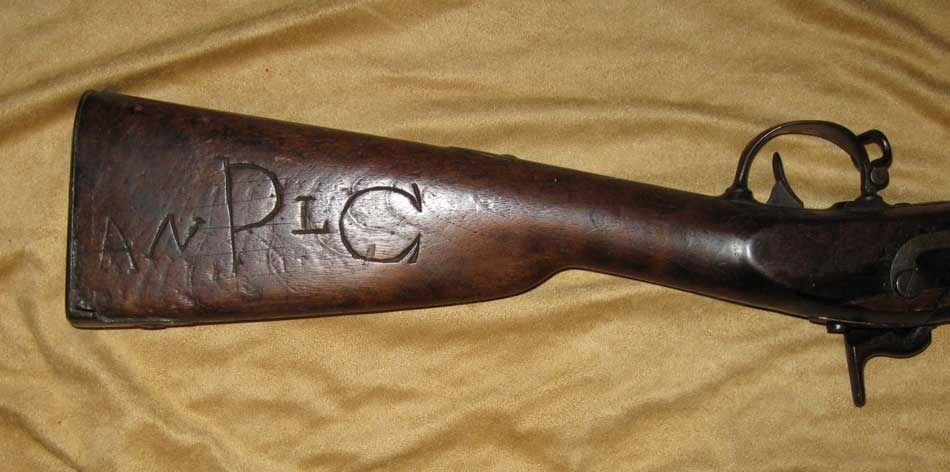hawkeye2 said:
Something that hasn't been brought up in this discussion yet is that the 1863 Remington was a rifle. The 1841 Mississippi was a rifle and there was a rifle variation of the 1855 model. A Rifle had a 33" barrel of heavy wall construction secured by 2 bands and had a patchbox. Three banders were rifle-muskets and were the preferred arm for infantry. Generally rifles were not issued to infantry units. Rifles should not be confused with 2 band Enfields or cut down rifle-muskets, they are a different animal entirely.
Good points and I was right with you until your last sentence, but I think it may be just a different way of describing the same things and mixed with some of our modern terminology.
Generally speaking U.S. UnCivil War Springfield "guns" were in the following categories and both used the same .58 Caliber ammunition:
1. Rifle Musket. Longest 40" barrel and used 3 Bands
2. Rifle. Shorter and thicker 33" barrel. 2 Bands (Also commonly called a 2 Band Rifle today.)
British Enfield Categories (all used the same .577 caliber ammunition)
1. Rifle Musket. 39 inch barrel. 3 Bands
2. Short Rifle, common term, or sometimes Naval Rifle. 33" thicker barrel. 2 Bands. (Also commonly called a 2 Band or 2 Band Rifle today.)
3. Carbine, either Artillery or Cavalry. 21" to 24" Barrel. 2 Bands (Thanks to the Parker Hale and other reproductions, commonly referred to as the Musketoon today. Though these also have 2 Bands, they are not usually called a "2 Bander" or "2 Band" today, so as to distinguish them from them from the Short Rifle.)
BTW, these British designations came from the book,
British Military Longarms, 1715-1865, by Dr. De Witt Bailey.
Gus


 ...
... 
 ...
... 


